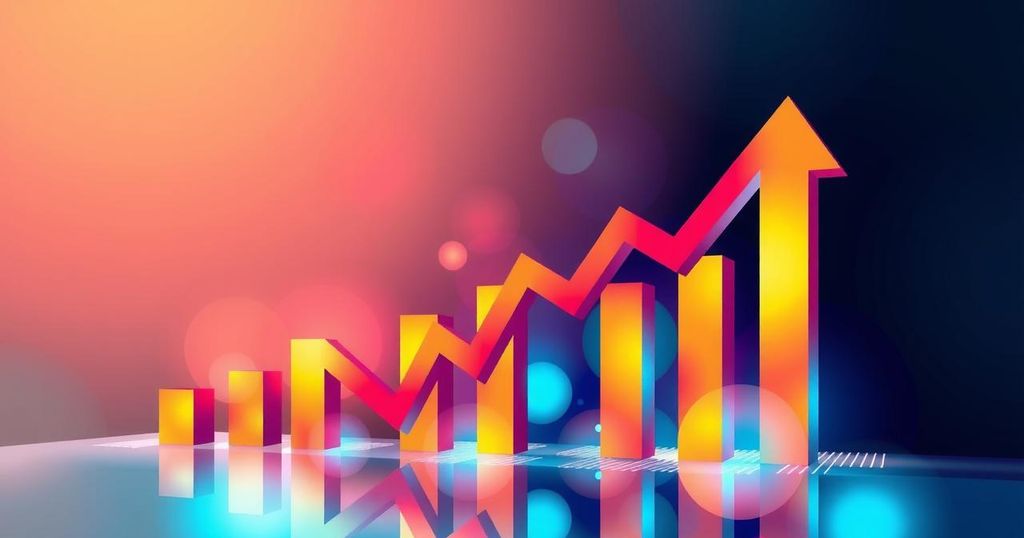Peru’s economy is projected to grow 4% in January, recovering from a recession in 2023. Chief economist Adrian Armas noted limited impact from U.S. tariffs, with concerns centered on manufacturing and agriculture. The central bank held interest rates steady at 4.75% as inflation remains manageable.
The Peruvian Central Bank’s chief economist, Adrian Armas, announced a projected economic growth of approximately 4% for January, consistent with analysts’ expectations. This information comes a day prior to the government’s release of official figures. Following a recession in 2023, where the economy contracted by 0.4%, Peru rebounded with 3.3% growth last year, and officials anticipate sustaining around 4% growth through 2025, positioning Peru as one of the fastest-growing economies in South America.
When addressing the potential effects of U.S. tariffs on Peru’s economy, Armas acknowledged that the overall impact would likely be limited. However, he indicated that both the manufacturing and agricultural sectors might experience heightened uncertainty. In terms of the mining sector, Armas stated that tariffs would probably not significantly affect exporters of copper as they could redirect their sales to alternative markets.
Despite the relatively contained effects of potential tariffs, Armas expressed concern over the volatility and unpredictability of the current global economic climate, stating, “There is fear about the future of the North American economy.” He also mentioned that the central bank has maintained the key interest rate at 4.75% since the beginning of the year, indicating this rate as “neutral territory” amid stable inflation metrics.
In summary, Peru is witnessing promising economic growth, with forecasts estimating a 4% increase in January, following a recovery from recession. While U.S. tariffs may pose some risks, particularly to manufacturing and agriculture, the impact on the mining sector appears minimal. The central bank remains cautious, maintaining a steady interest rate as it navigates the uncertainties in the global economy.
Original Source: money.usnews.com




